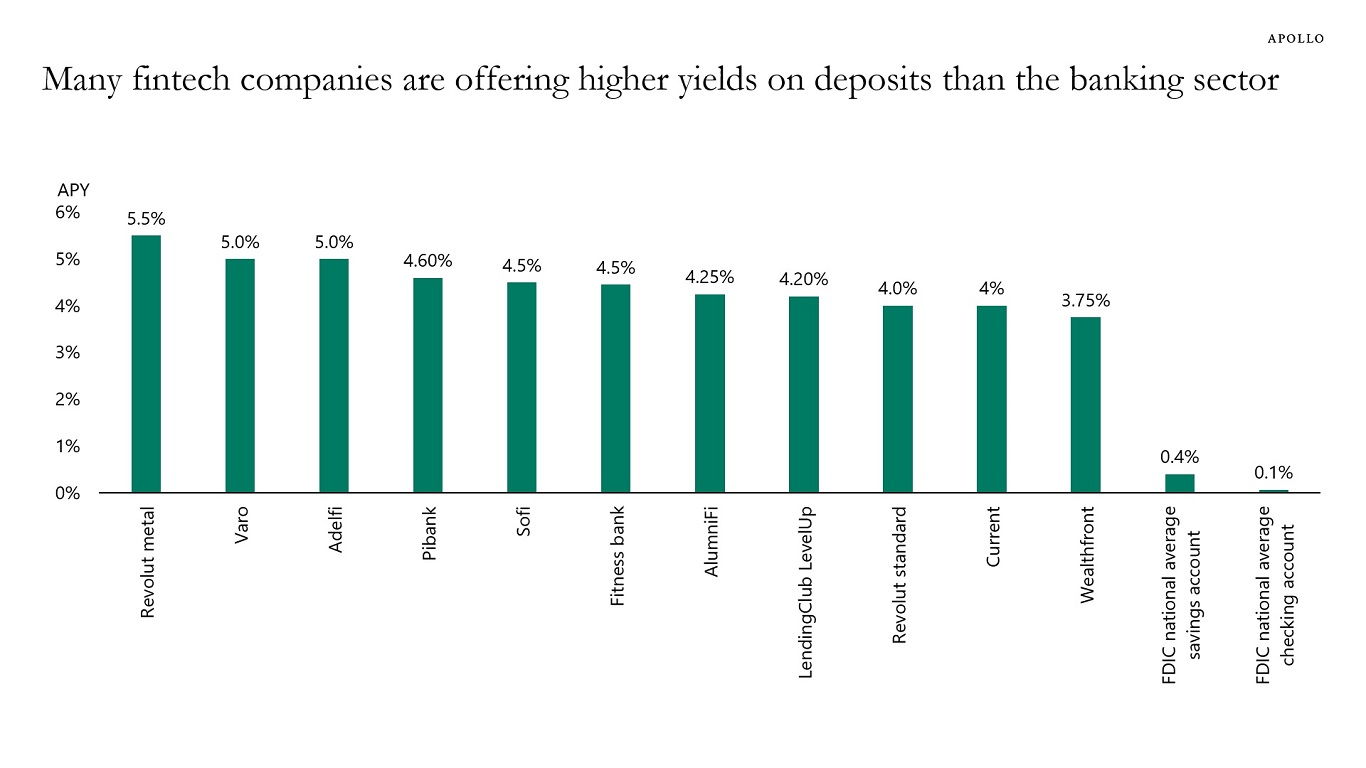Subcutaneously administered systemic therapies are expected to reduce administration times, minimizing the time an individual treatment chair or room is needed while simultaneously giving patients the freedom to choose how to spend more of their time outside the clinic, according to J. Thaddeus Beck, MD, FACP.
The most recent regulatory approval of subcutaneous treatment was announced on September 19, 2025, when the
The agent was tested in the phase 3 Study MK-3475A-D77 (NCT05722015) in patients with untreated, metastatic non–small cell lung cancer (NSCLC) without EGFR, ALK, or ROS1 genomic tumor aberrations. Patients were randomly assigned to receive subcutaneous pembrolizumab (n = 251) or IV pembrolizumab administered every 6 weeks with platinum doublet chemotherapy.
The results showed that the predefined acceptance margin was met for the pharmacokinetic end points with the lower boundary, 96% CI for cycle 1 area under the curve 0 to 6 weeks, and 94% CI for cycle 3 Ctrough, of the geometric mean ratios above the prespecified threshold of 0.8 for comparability. Descriptive analyses of efficacy also indicated that the confirmed objective response rate was 45% (95% CI, 39%-52%) in the subcutaneous arm vs 42% (95% CI, 33%-51%) in the IV arm. Progression-free survival and overall survival outcomes were also similar between arms.
“I think [this approval] is the wave of the future. [I expect that] more of these monoclonal [antibodies] will be given subcutaneously,”
In the interview, Beck discussed the regulatory agency’s approval of subcutaneous pembrolizumab, its significance for patients and providers, and considerations that should be made before the agent is introduced into clinical practices.
OncLive: What makes this approval of subcutaneous pembrolizumab meaningful?
Beck: The approval of the subcutaneous form of pembrolizumab gives us another option that we can use to tailor treatments for patients’ individual situations. The main benefit is the ease and simplicity of administration [since it allows for a] shortened administration time. It’s a 2.4 mL or 0.5 teaspoon size injection that can be given in seconds instead of [over 30 minutes].
We’ve had very good feedback from patients who are on the trial [about] how it really changed the way they thought about treatment. They liked the fact that it was shorter and quicker, so that they could be in and out. They could have more time to do what they wanted to do before and after their treatment, [providing] much more of a pleasant experience for them.
What will be the immediate effect of the approval?
The patients like it better. It will save chair time, so treatment chairs or rooms will not be occupied as long. You can cut the infusion time down. If it’s being given with another IV chemotherapy, you can drop the last infusion, given that it is subcutaneous, and the patients will have a better experience.
What is important to note about the design of the pivotal trial?
The trial was designed with two arms that compared sequential treatment. The first arm was IV therapy for [X] cycles, followed by subcutaneous therapy. The second arm was subcutaneous therapy, followed by IV therapy. Then patients were allowed to assess how they felt with the treatment and choose which one they’d like to continue with. Most patients chose the subcutaneous version.
There were no unique adverse effects or safety signals. Other than the administration difference, [the subcutaneous formulation] seemed to act in the same form and fashion [as the IV formulation].
What is your advice to those looking to integrate the subcutaneous formulation into their practice?
People have to get partially undressed [to receive the therapy], so you’ll need a private area to [allow for that]. We’re in the process of building a new facility, and we’re taking this change into account. We’re creating a whole separate fast track area where patients can [experience] the faster workflow and have more privacy, so they can take advantage of this program.









